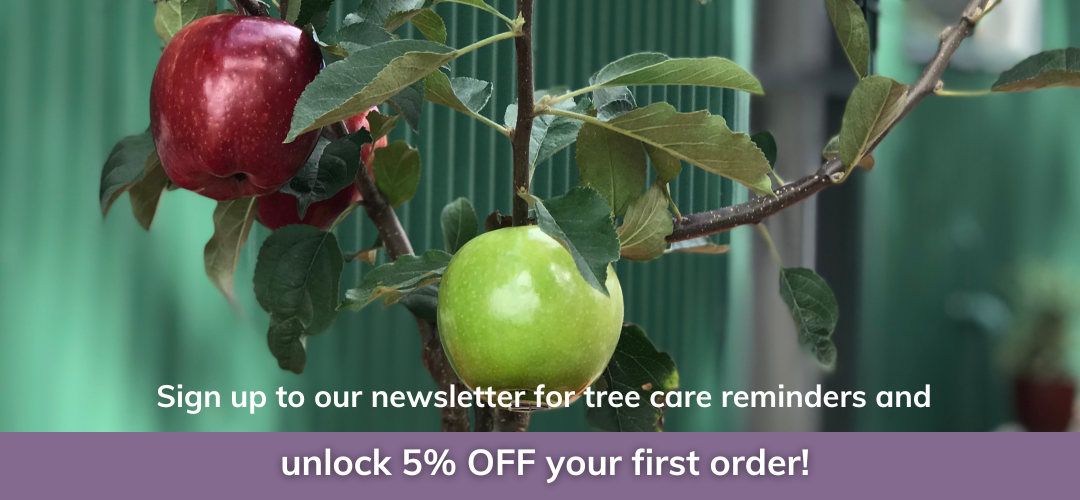


You may have noticed lots of ants on your trees branches and leaves and are wondering if thats a bad thing?
In short, yes the presence of ants on your tree usually indicates the presence of an infestation of sap sucking insects, and should be controlled to keep your tree healthy.
Sap sucking insects such as Aphids, mealybugs, and whiteflies pierce the cells of young leaves and tender shoots on stone fruit trees, then suck out the nutritious liquid inside.
Ants appear in stone fruit trees where sap-feeders are active because these pests excrete a sweet, sticky substance called honeydew that the ants eat. Ant activity also produces Sooty Mould, a fungal bi-product of the honeydew excreted by sap sucking insects.
Appearance: Ants travelling up the tree trunk and visible on the backs of leaves and branches. Sooty mold has the appearance of a black soot like substance found on the leaves and branches.
Plant Part: Leaves, twigs, flowers and trunk.
Season: Early Spring - Autumn
Control: Generally, removal of the honeydew producing pest (ie Aphids) will do the trick. Identify whcih honeydew producing pest is attacking your tree and follow the recommended control measures to stop infestation. If the infestation is quite bad, consider ‘tree-trunk banding as easy method to stop ants in their tracks.
Prevention: Keeping your tree orchard clean: remove old fruit and branches as these attract and harbour pests. Keep your orchard free of weeds and encouraging beneficial pollinators and insects like bees, parasitic wasps, ladybirds and hoverflies to your garden will keep these pests at bay. Companion planting a few tansy herbs nearby will also deter the ants.
References: Sustainable Gardening Australia, Homeguides.sfgate.com, NSW Department of Primary Industries, Orchard Plant Protection Guide 2020 and the FST team.
Subscribe to our Care Reminder Newsletter for growing tips, care advice and current specials!
Welcome to Fruit Salad Trees!

We will send you all the tree care advice you need to grow different fruits on one tree and keep the whole household happy!
